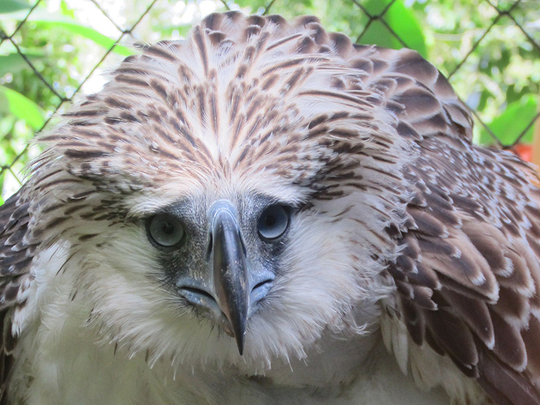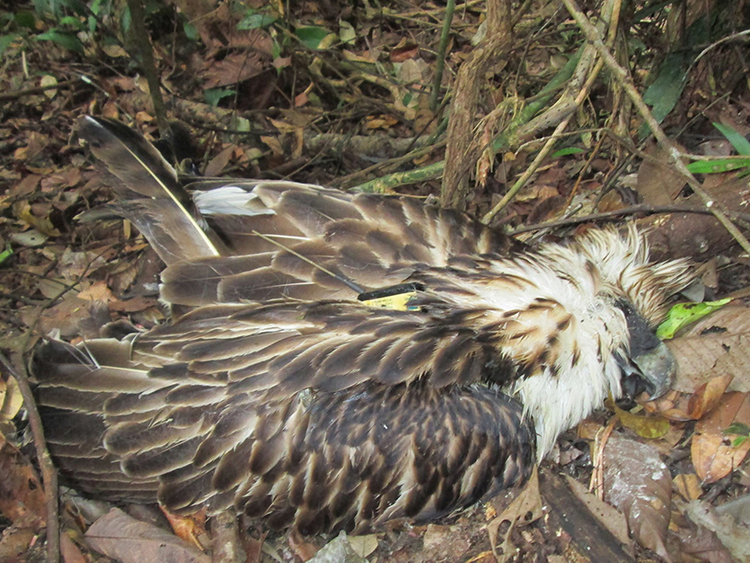
Manila: Mourning bird lovers vowed to look for the killers of a rare Philippine eagle which was released in its natural forested lair during Philippine independence day on June 12, three years after it was saved and rescued from a gun-inflicted superficial wound in 2012, sources told Gulf News.
“We are doing everything to trace the trigger-happy bird killers who shot Pamana on her right breast in an area that should be totally protected for Philippine eagles, at La Union village, San Isidro, Davao Oriental last August 16,” Alex Tiongco, a lawyer and environmentalist said in a phone interview.
“No one has been arrested yet, days after workers of the Philippine Eagle Foundation found Pamana rotting, quite far from the place where she was released to live in the wildlife reserve of Mount Hamiguitan [in Mindanao] on June 12,” PEF Executive Director Joseph Salvador told Gulf News.
“Investigations and charges will be made. That was the sentiment of all grieving and angry bird lovers who went to the PEF centre in Malagos, Davao when Pamana was brought there,” said Salvador. “The death of Pamana has strengthened the resolve of those who are saving against all odds the Philippine eagle from extinction,” he added.
Identifying several steps for this difficult effort, Salvador called for long-term government and public assistance, including increased number of forest rangers assigned to protect rare monkey-eating eagles at the Hamiguitan Range, a Unesco Heritage Site
“The killing of Pamana symbolises a cruel state of Philippine wildlife — fierce eagles are weakened and prevented from living in the wild, in their own environment, by bird killers,” lamented Salvador, adding that Pamana’s death could not stop PEF’s plans to set eagles free into the wild, and they would not be held hostage by cruel bird-killers.
Nine out of 10 Philippine eagles have died from gunshot wounds, said Salvador who cited PEF data.
The country’s Wildlife Act, which was passed in 2002, punishes eagle killers with 12 years’ imprisonment and a 1 million peso (D 83,333) fine.
The dead eagle, whose name means “heritage,” was one of the last 400 Philippine eagles in PEF’s list.
A local resident found Pamana with superficial gunshot wounds on a tree near a creek at Mt. Gabunan Range in Iligan City in April 2012. At the time, she was the 30th Philippine eagle found dead or rescued from gunshot wounds.
She was brought to the PEF for physical and psychological treatment — to prepare her for life in the wild, PEF’s risky experiment for survival in an environment made hostile by rare-bird trophy seekers.
Found in the forested lairs and tall mountains of Mindanao, the one-metre-long and two-metre-winged eagle has a signature shaggy crest and handsome elongated nape. Depleted tropical rainforests in the south, due to illegal logging and climate change, have affected its need for wide terrain and limitless hunting grounds.












